One of my goals for my scholarship year was to gain more experience in the world of kelp conservation and restoration. I had the incredible opportunity to join Dr. Scott Bennett and his team at the University of Tasmania for their annual marine park monitoring surveys. Dr. Bennett was a part of the team of scientists who first coined the term “Great Southern Reef“, a concept created to describe the temperate reef system in southern Australia. A play on the “Great Barrier Reef”, this initiative is meant to raise awareness and encourage conservation of these kelp forests by creating an identity for the ecosystem.
This effort has since evolved into the Great Southern Reef Foundation, which works to increase public awareness, scientific research, and conservation efforts for this critical marine system. It is experiencing similar conservation challenges as the Great Barrier Reef, but with a fraction of the funding and public interest.
Before getting in the water, I spent time learning the Australian Temperate Reef Collaboration (ATRC) survey methods used to monitor the reefs around Tassie on SCUBA. These surveys are divided into three categories and performed along a 200-meter transect tape. The first pass is a fish survey, recording species, abundance, and size estimates. The second method is an invertebrate and cryptic fish survey, where species that live among the algae are recorded. The final method uses quadrats — square frames that are placed every two meters to record seaweeds and sessile (non-mobile) invertebrates.
This area is unique in that it has been monitored for over 30 years. It is rare to have a study system with such comprehensive and continuous data. Having a dataset like this makes tracking long-term changes possible; for instance, estimating that 95% of giant kelp (Macrocystis pyrifera) have declined since 1970. Several restoration projects are currently underway to address this decline – if you are interested in learning more, I’d highly recommend checking out the Great Southern Reef Foundation’s film Reviving Giants.
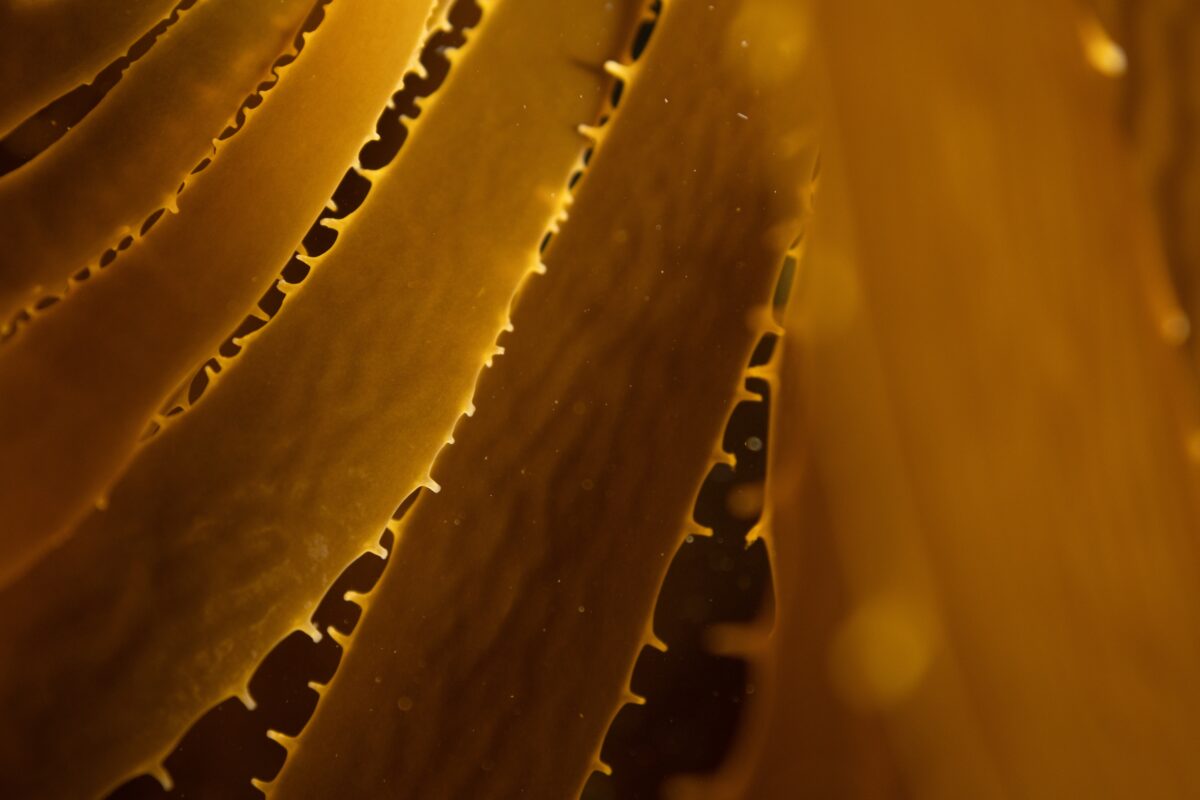
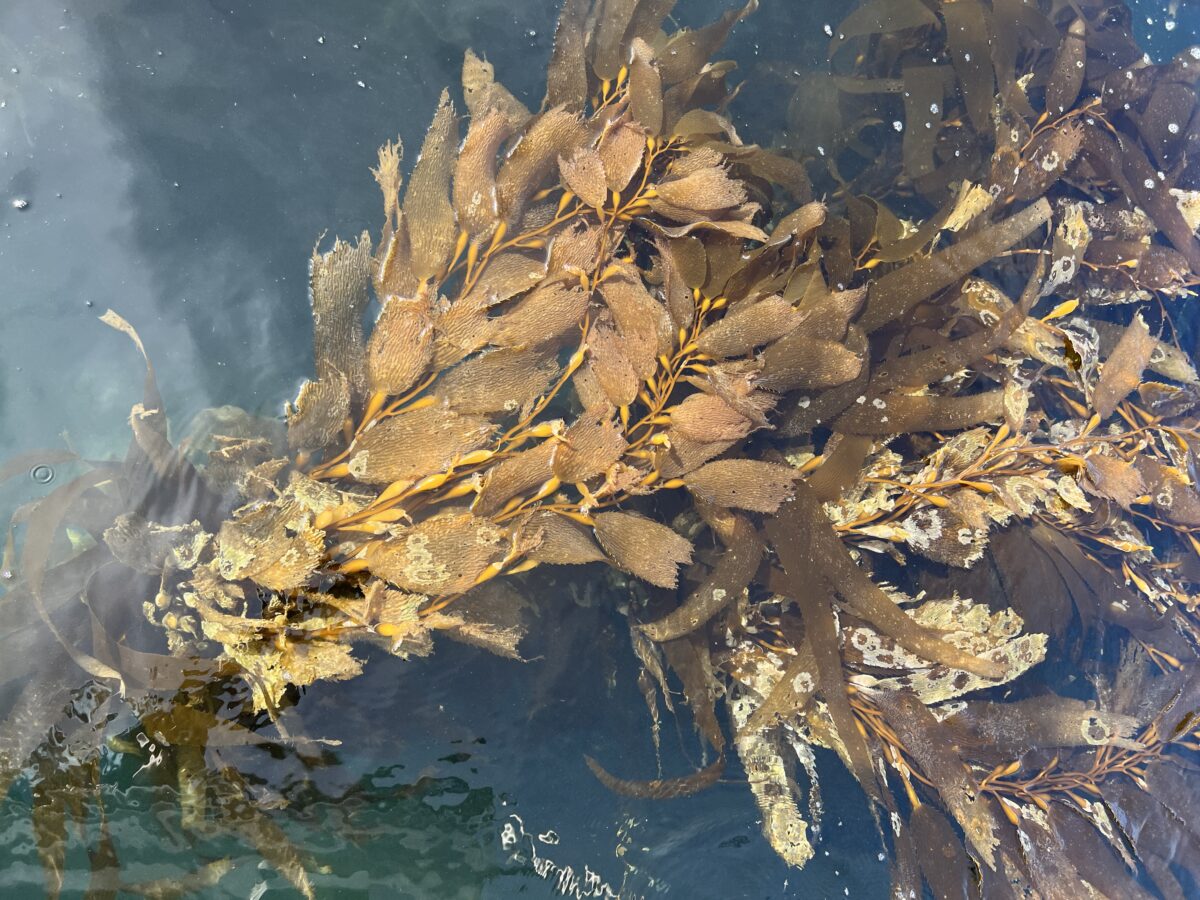
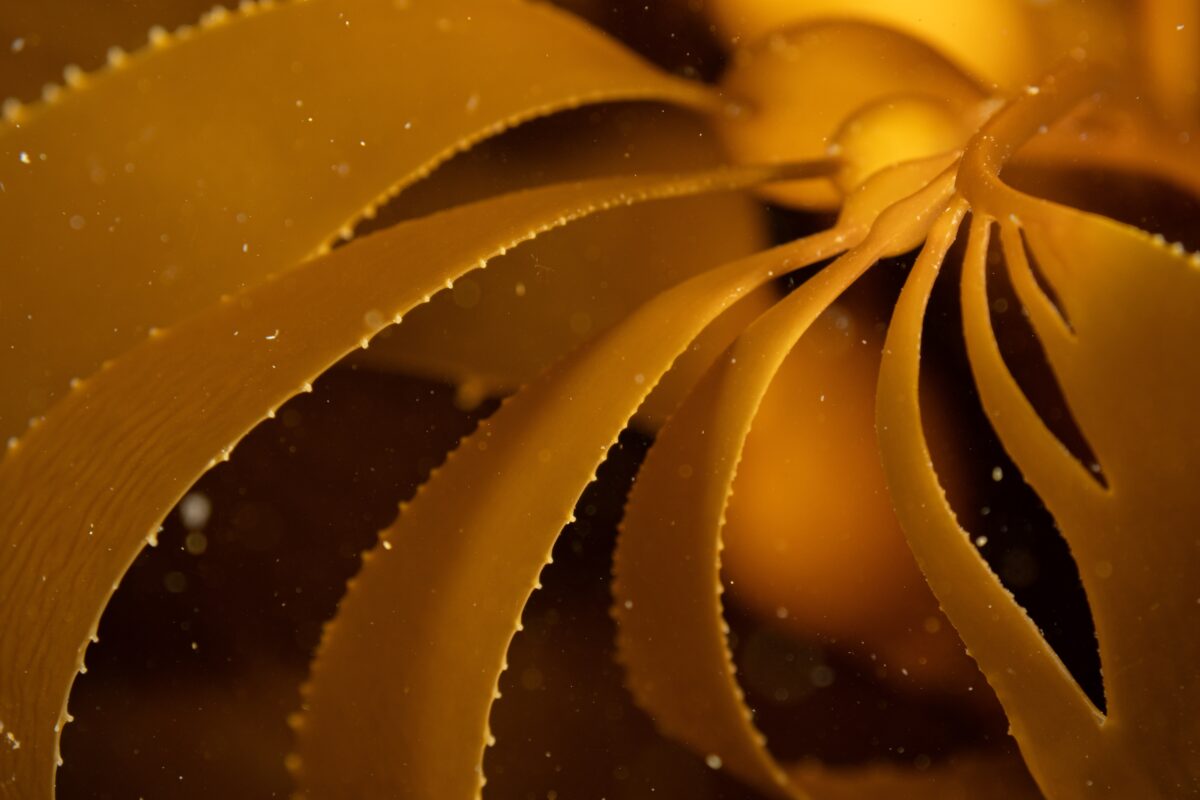
During my visit, I joined Scott Bennet’s team for surveys in three marine reserves, including Tinderbox, Maria Island, and Ninepin Point. I had the opportunity to observe and learn the ATRC survey methods. I was struck by the biodiversity of seaweeds at these sites. Though I knew the GSR is a global biodiversity hotspot, seeing so many different species on a single dive was amazing. For example, an estimated 400 species of red algae are found nowhere else on Earth.
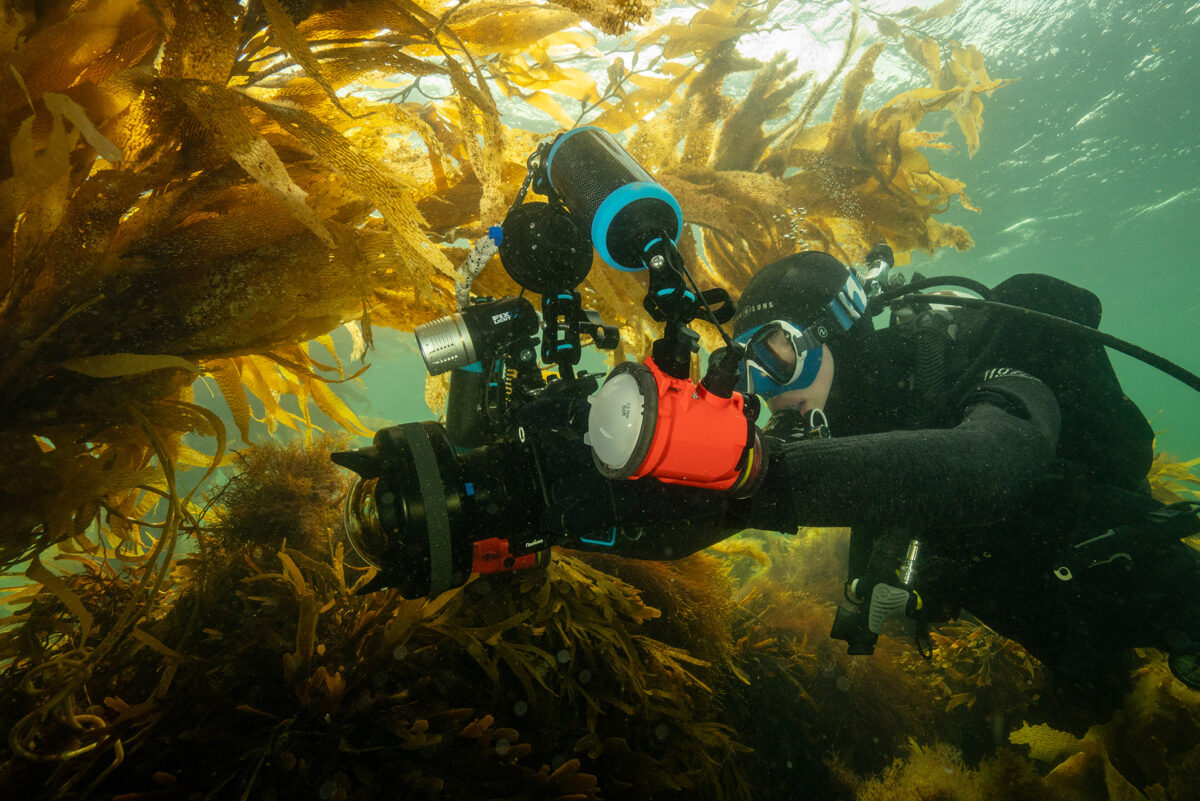
One of the highlights of our dives was spotting not one, but two red velvetfish (Gnathanacanthus goetzeei)—one at Maria Island and another at Tinderbox. The red velvetfish is a distant cousin of scorpionfish and a rare sight in Tasmanian waters. These fish have venomous spines and no scales, but velvety skin, for which they’re named. I also had the chance to dive with OWU alum, Olivia Johnson on one of the survey days!


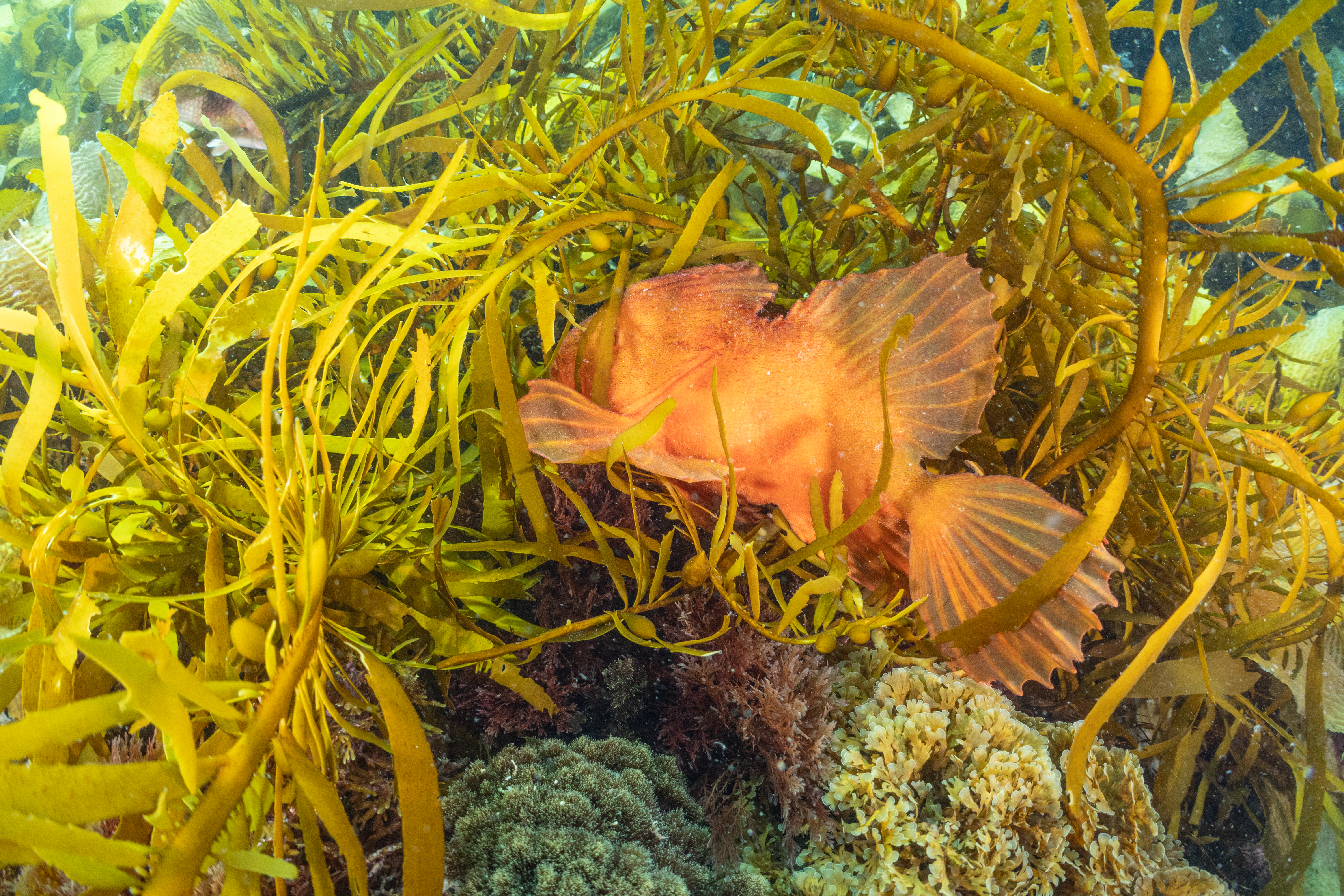
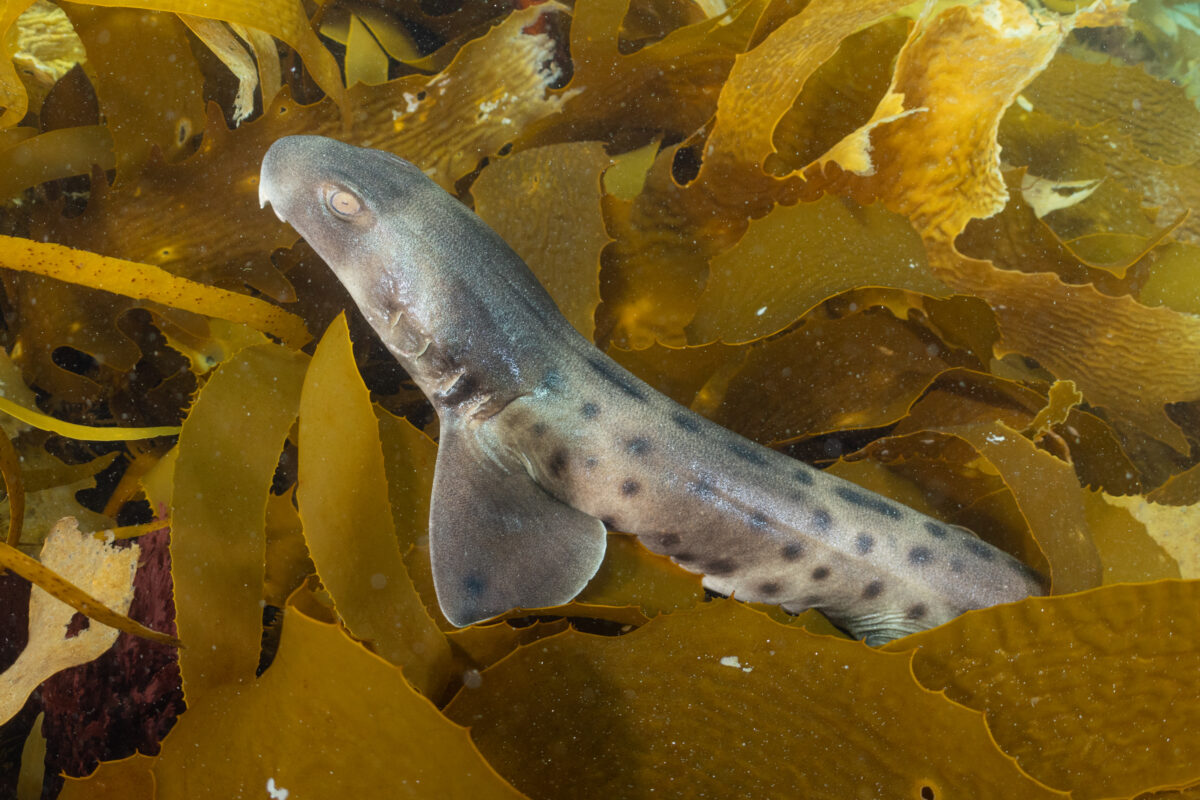
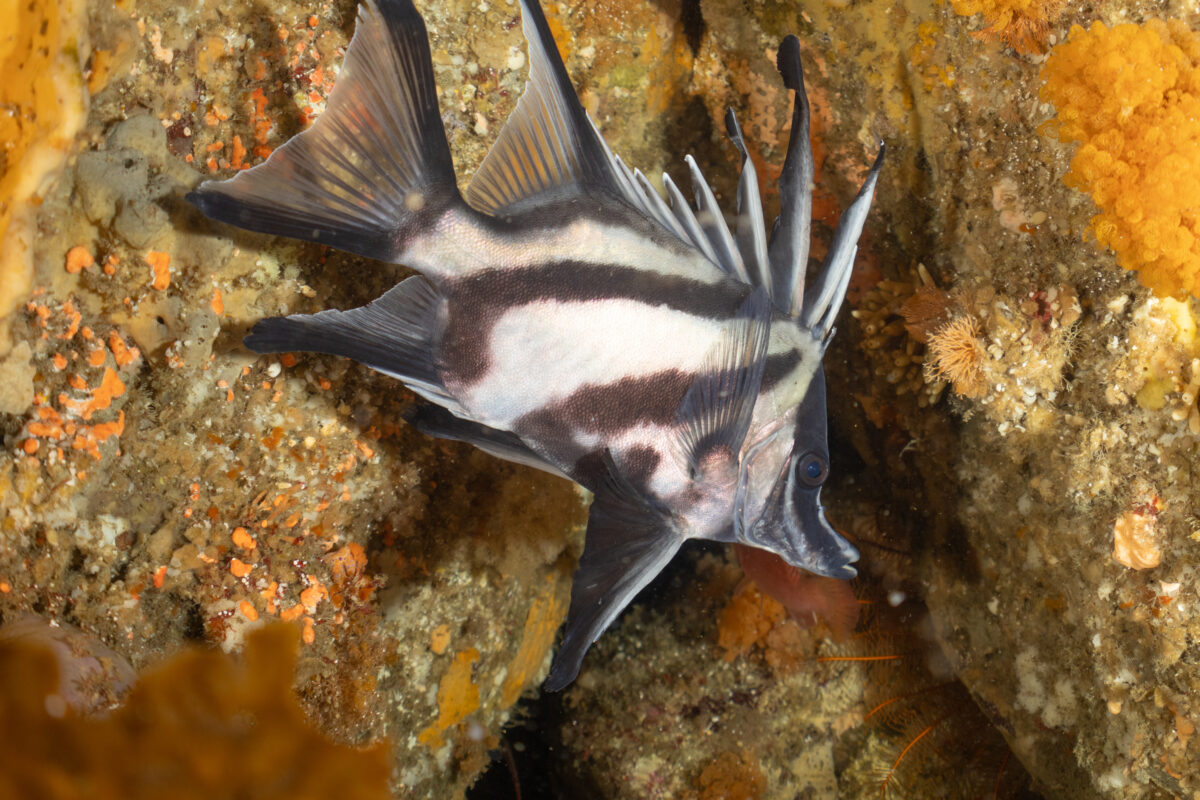
During my visit, there were a few days of bad weather and no diving, so I had the opportunity to explore Tasmania on land. I visited Bonorong Wildlife Sanctuary, where I got to see Tasmanian Devils, and visited the Museum of Old and New Art. I also hiked Mount Wellington and encountered an echidna and wallabies in the wild!

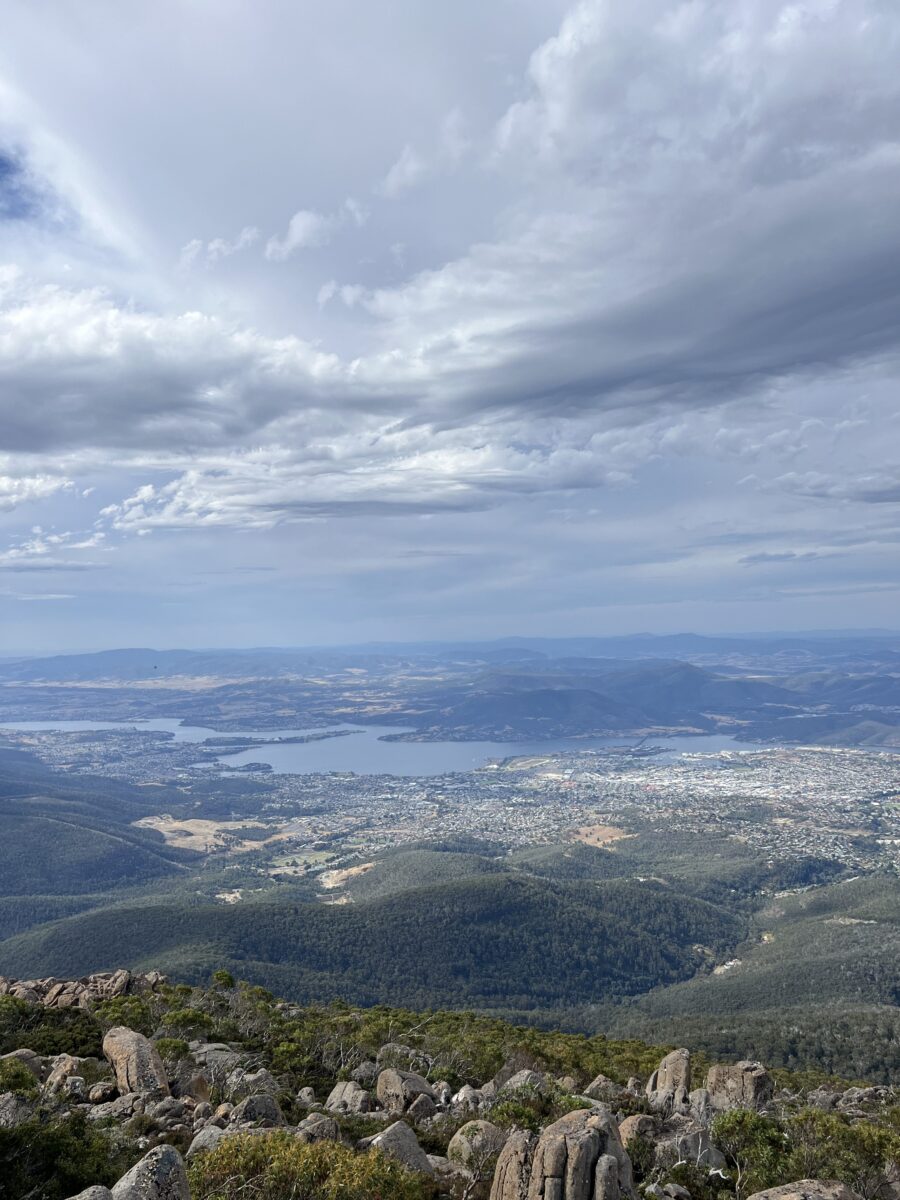

Thank you to the University of Tasmania, Scott Bennett, and the rest of the team for having me along for dives and teaching me about the Tasmanian marine ecosystem and management. A huge thank you to Annette Smart and Claire Butler for kindly hosting me during my visit.
Thank you to the Our World-Underwater Scholarship Society and our sponsor Rolex for making this scholarship experience possible. I would also like to thank Reef Photo and Video, Nauticam and Light and Motion for my underwater camera setup as well as Aqualung, Fourth Element, Suunto, Halcyon, and DUI for my diving equipment.